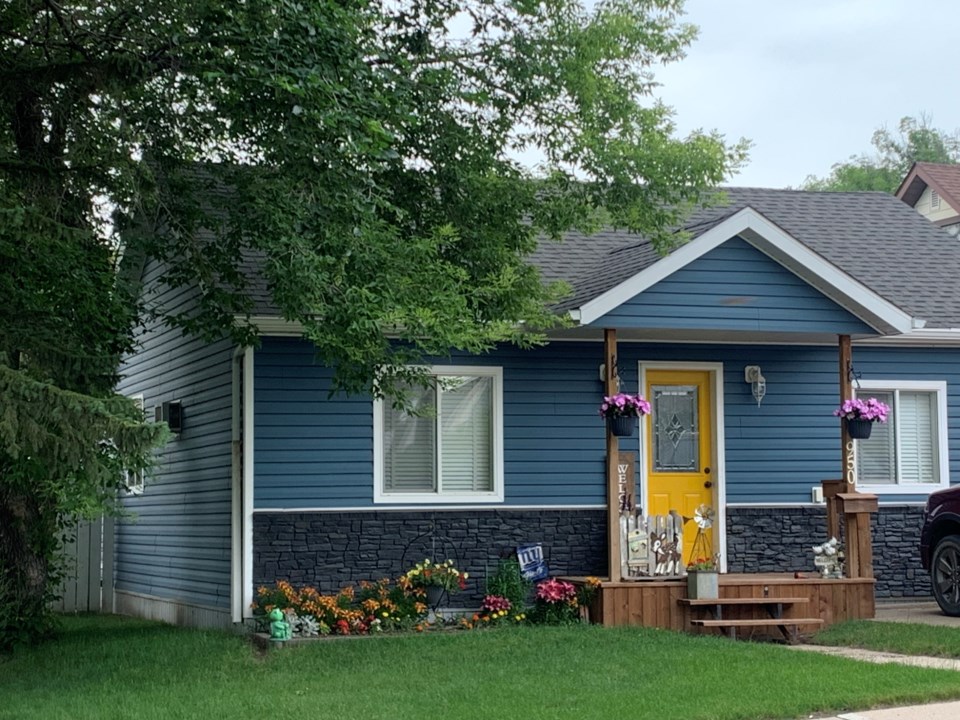The heritage advisory committee plans to commemorate the 80th anniversary of the end of the Second World War by recognizing the contributions that wartime homes and their occupants have made to Moose Jaw.
The group hopes to co-ordinate an inventory of the homes and their stories for next year — World War II ended in August 1945 — but since this project is too big for it, it wants residents to join the project by researching and compiling information about their wartime domiciles.
To assist with the research, the advisory committee is hosting an event at the Moose Jaw Public Library at 7 p.m. on Tuesday, Sept. 24 in the south meeting room upstairs. The group’s members will present a short history of pre- and post-war housing in Canada and how that has affected Moose Jaw over the decades.
The presentation will be followed by a discussion about how residents can pursue their research journey.
The committee acknowledged that not everyone who wants to conduct research can attend the presentation, so it has put together a brief guide to support self-directed investigations.
One place to start is the library archives, where librarians can help residents navigate the various documents and forms. To book an appointment, people should email with dates and times for an appointment.
Wartime homes were first built in Moose Jaw around 1944, so the first search point in the archives should be the Henderson Directories. These books will help residents trace the occupancy of their homes and discover when they were built.
Furthermore, residents can access the Moose Jaw Times-Herald on microfilm and search for stories that could shed light on wartime homes. The articles are not indexed, so if researchers don’t have a specific date in mind, they should be prepared to spend time searching for a specific story.
The library also has several publications that could be of use, including some by Bruce Fairman, Keith Foster and Leith Knight.
A second resource residents can access is architectural drawings at the planning department in city hall. Some drawings focus on homes on Monk Avenue and Seventh Avenue Northwest between Hall Street and Saskatchewan Street.
To view the documents — they cannot be removed — contact the city’s planning office at .
Also, the ” can be an excellent source of information as there are many members who have their collection of stories and photos. Researchers are encouraged to upload the photos they may have.
Once residents have acquired information about their wartime homes, they can upload photos, videos or audio stories to the which acts as a repository for historical data.
A temporary solution?
According to the memoryKPR page, in 1941, the federal government passed the Wartime Houses Initiative that provided a temporary solution: build modest homes based on several floor plans that could be used as rentals until more permanent solutions could be found.
In Moose Jaw, the homes were first built in 1946, mainly on vacant lots, with most in pairs or small groups.
By 1947, these homes had started moving from the rental market to ownership, providing housing for those who could not afford a down payment to begin their ownership journey.
Why the shortage?
Even before Second World War veterans began returning, Moose Jaw was facing a housing shortage.
After the First World War, the Soldier Settlement Act of 1919 provided returning veterans who wished to farm with loans to purchase land, stock, and equipment but ignored the housing problems in urban areas.
However, there were still many modest homes without utilities, indoor plumbing or septic. The 1930s came with their own problems of unemployment and drought, and as the decade progressed, more homes fell into disrepair, becoming multi-generational as young families could not afford their own space.
Construction of new homes in the city dropped throughout the ’30s so that, when the economy improved and Second World War veterans were returning home, they were returning to an already limited inventory.
For more information, visit .




